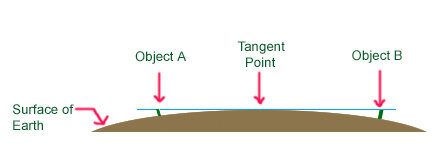mikeylikesit
Well-known member
I finally gave DirecTV the boot. (cut the cord and started streaming for home, so far LOVE Hulu.)
Anyway, needed something for the RV, and we don't need alot, so saw this OTA antenna and decided to give it a try. It won't be here for a few more days, and was wondering if anybody here has tried it.
It was reasonably priced ($149) and has a 30 day return window so what the heck....
Thanks in advance!
Anyway, needed something for the RV, and we don't need alot, so saw this OTA antenna and decided to give it a try. It won't be here for a few more days, and was wondering if anybody here has tried it.
It was reasonably priced ($149) and has a 30 day return window so what the heck....
Thanks in advance!

